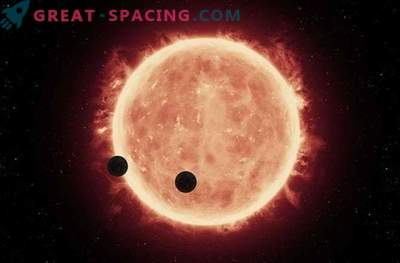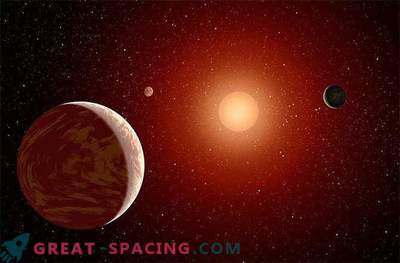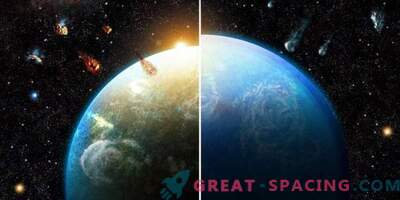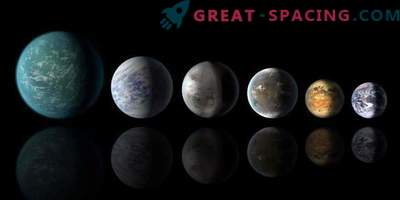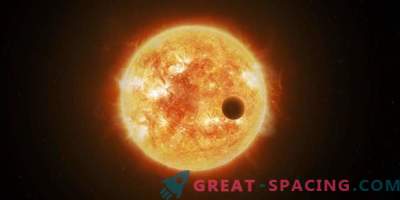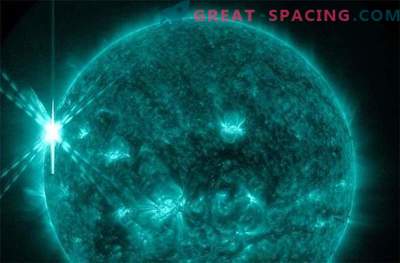
Scientists from the University of Arizona and Vanderbilt University have found evidence that the exoplanets around the star TRAPPIST-1 may be too wet to support life.
Last year, researchers discovered the star system TRAPPIST-1, a red dwarf distant from us by 39 light years. It is interesting because around it rotates 7 planets that resemble the Earth in size. This discovery prompted one or more worlds to have life.
However, the new analysis shows that there is too much water on the planets. When creating models found that the water more than the Earth. So for exoplanets - 10-50% percent of the planetary mass, whereas for the Earth - 0.2%. It turns out that the planets simply do not have open terrestrial areas, which excludes geochemical cycles that contribute to the formation of the atmosphere. In addition, the oceans are too deep, because of what they will experience the pressure of the mantle, which does not allow the rock to move upwards.
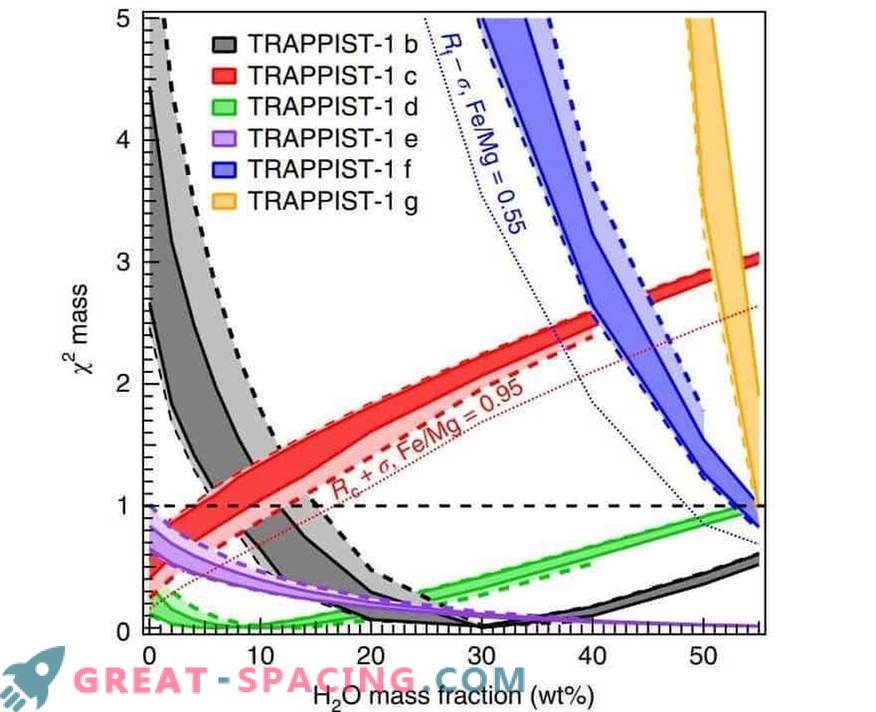
Modified χ2 degree of suitability for the masses of the planets of the TRAPPIST-1 system depending on the radius of the planet and relative to the mass fraction of H2O as a percentage
Seven worlds are classified as rocky planetary types. Three of them live in the “habitat zone”, but the star is 2000 times larger than ours. This creates problems, because the planets must remain in the tidal block, that is, one side is always turned towards the star. In addition, it is a type of red dwarf that often flare up and destroy nearby planets.
Researchers believe their theory may influence ideas about planetary development. The fact is that all 7 planets are in the “ice line”, but the model shows that the outer ones appeared outside this territory and eventually shifted closer.

